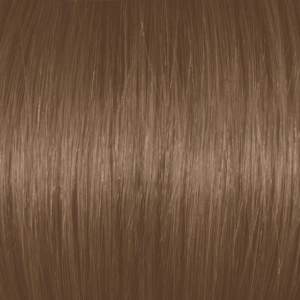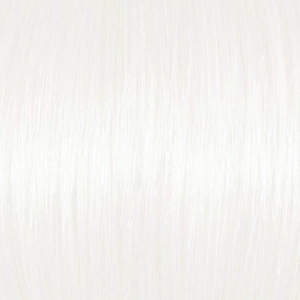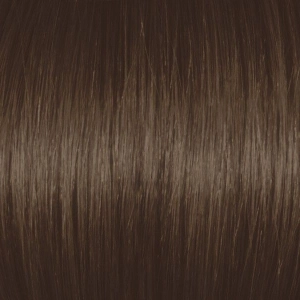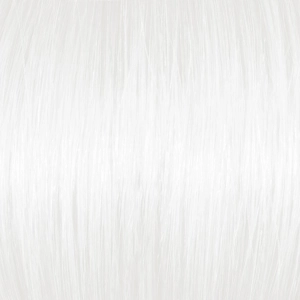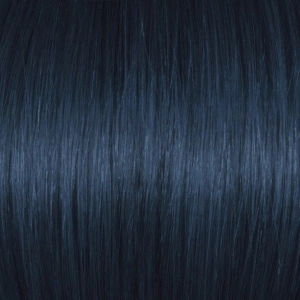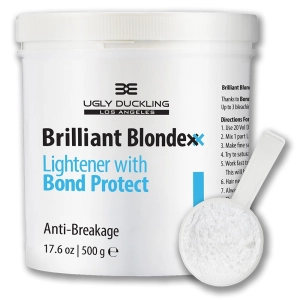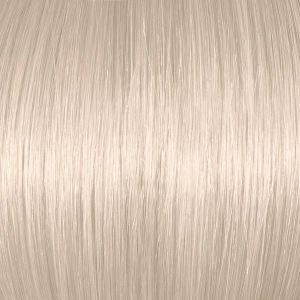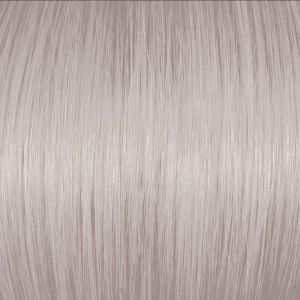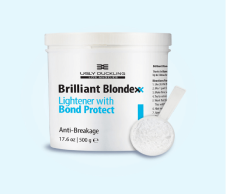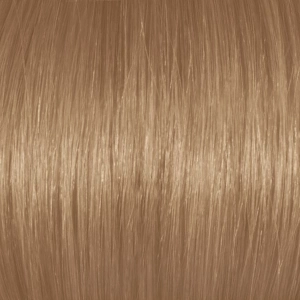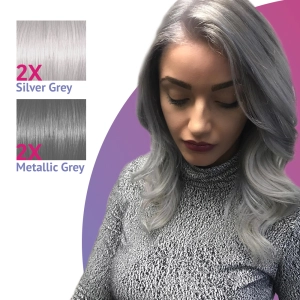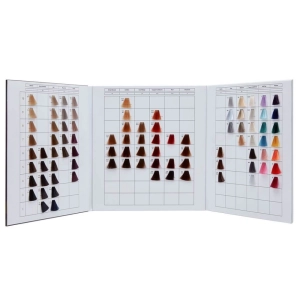Most hair stylists fail their clients in some way or other when doing color correction.
In this article, we are going to explain some of the common reasons for this. Go through this list and see if any of these has ever applied to you!
We will also try and explain the correct way to do color correction, so that you can succeed and get the results that your client is truly looking for.
7 Reasons Why Stylists Fail at Color Correction
There are at least 7 reasons why many hair stylists fail at color correction. See if any of these ring a bell!
-
Lack of training: One of the main reasons why many hair stylists fail at color correction is due to a lack of training. Color correction is a specialized skill that requires a lot of knowledge and experience to master. Stylists who have not received proper training may not have the necessary skills to perform color correction properly.
-
Limited knowledge of color theory: To perform color correction successfully, a stylist must have a deep understanding of color theory. This includes knowledge of color wheel theory, color mixing, and understanding the undertones of different hair colors. A stylist who lacks a deep understanding of color theory may struggle to achieve the desired results.
-
Insufficient experience: Experience is an essential factor in the success of color correction. The more color correction a stylist performs, the more confident they become, and the better they get at it. Stylists who are new to color correction or who have limited experience are more likely to make mistakes.
-
Improper use of products: Color correction requires the use of specialized products, such as hair color removers, toners, and developer. If these products are not used correctly, the results can be disastrous. For example, using too much hair color remover can result in severely damaged hair.
-
Poor communication with clients: Communication is key in any hair styling service, and color correction is no exception. A stylist must be able to effectively communicate with their clients to understand their needs and preferences. If the stylist does not take the time to understand the client's desired outcome, the results may not meet the client's expectations.
-
Inadequate assessment of hair condition: Before performing color correction, it is essential to assess the condition of the hair. If the hair is damaged, overly porous, or has been previously treated with chemical processes, it may not be suitable for color correction. In these cases, the stylist must advise the client and offer alternative solutions.
-
Pressure to meet client expectations: Many stylists may feel pressure to meet the high expectations of their clients. This pressure can lead to shortcuts being taken, such as skipping important steps in the color correction process or using too much color. These shortcuts can result in disastrous outcomes.
How Should you do Color Correction to Get the Best Results?
Here are the steps that we recommend you to follow.
First, Identify the cause of the brassiness
The first step in color correction is to determine the cause of the brassiness.
If your hair is naturally warm-toned, it may be more prone to becoming brassy over time.
On the other hand, if your hair was recently colored and became brassy, it may be due to an incorrect choice of hair color or a lack of toner.
Second, determine the current hair level
The next step is to determine the exact level of the hair.
The reflect that you are seeing in the hair will be your best guide.
SO if you are seeing a lot of red, the hair level will be around level 5 and lower.
If you are seeing orange, the hair level will be around level 6-7.
If you are seeing very brassy yellow, the hair will be around level 8.
And if you are seeing pure yellow, the hair will be around level 9 or 10.
Decide if lightener is required & apply.
We are aware that there is a lot of literature around on using neutralizing colors.
Using green to counteract red, for example. Or blue to counteract orange.
With the greatest respect, unless you are a coloring genius, using neutralizing colors is not going to work when the color is level 9 or darker.
You simply have to use bleach and lift that hair all the way to level 9.
The color neutralization you do after that will be more of a fine-tuning color neutralization.
At that stage you can use purple, blue, purple-grey and get rid of unwanted warmth and arrive at the perfect tone.
But first, you need to use bleach and lift.
All the way to level 9.
If the hair has different levels in different parts (for example if the roots are darker than the rest, or the mid lengths are more orange), then you will need to apply the bleach first on those parts.
Your goal is to get every part of the hair up to a consistent level 9.
That is the way a good stylist would do it.
Choose the right color or toner
Now that you have got the hair up to level 9 (light blonde) you need to choose the right hair color or toner.
Popular choices at this stage are using a blue based toner to cut out orange.
Blue also tends to produce a natural, silver looking blonde result.
And a purple based toner to cut out yellow.
A purple based toner will produce a super white, pearl blonde results.
There are also additives that can be of great help.
You can add in purple-grey, for example. Or ash blue additive if the hair is very yellow.
Or ash grey additive if the hair is more orange.
Use purple-toned hair products
Purple-toned hair products can help neutralize brassy tones and leave your hair looking its best.
These products can be used daily or as needed and are typically formulated with purple pigments to counteract brassiness.
Some examples of purple-toned hair products include shampoos, conditioners, and leave-in treatments.
Ugly Duckling has a great purple shampoo and mask that works to cut out yellow without staining.
This range is also very cosmetic: acid based, to close the hair cuticle properly, and sulfate-free.
Protect and strengthen your hair after color correction
Hair that has undergone color correction inevitably adds stress to the hair fiber.
You can correct for this by using a strengthening and anti-breakage hair treatment afterwards.
Ugly Duckling's Brilliant Blondexx Shampoo and range is an example.
It is highly concentrated with Bond Protect, which can help to repair and strengthen the hair.
We recommend that you use these products on a continuous basis, alternating with the Purple based hair care products.
That way you can keep your hair in great condition, and blonde at the same time.
Limit the Use of Heat Styling Tools
And of course, try limiting the use of heat styling tools.
When using heat styling tools, try to keep the temperature low and avoid using them too often.


